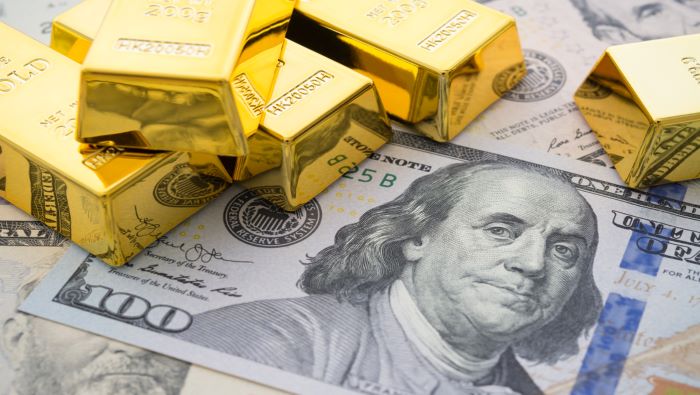By Kelsey Williams for Neptune Global
There is only one thing anyone needs to know regarding the price of gold. That one thing is best stated in the form of a simple question:
“How much purchasing power has the U.S. dollar lost?”

The answer to the above question tells you whether gold is realistically priced or not. For example, with gold near $2000 oz., its price is a one-hundred fold increase over its fixed price of $20 oz. a century ago.
When the price of gold was fixed at $20 ($20.67) oz., twenty U.S. paper dollars could be converted/exchanged for one ounce of gold; and vice versa. This worked as long as convertibility was maintained.
Early in the game, government kept its promise regarding convertibility. But, it also continued to expand the supply of dollars to finance its own spending plans. As the supply of dollars increased, people questioned their value.
People trusted gold. Gold’s value is in its use as money. As such, its value is unquestioned. Preference for gold over dollars led first to restriction of gold ownership and, eventually, to total suspension of convertibility.
With the government and the Federal Reserve continuing to expand the supply of money and credit, the supply of dollars increased but the purchasing power of those dollars declined. The ongoing loss of purchasing power in the U.S. dollar is reflected in the higher market price for gold.
At $2000 oz., the one-hundred fold increase in gold’s price represents a ninety-nine percent loss of purchasing power in the U.S. dollar.
Gold is quoted in U.S. dollars and the dollar is the world’s reserve currency. The “price” of gold in U.S. dollars is an inverse reflection of the value of the U.S. dollar. Yes, it does change continuously, and ongoing. And yes, there are more extreme changes for short periods of time which don’t correlate exactly to changes in purchasing power of the U.S. dollar.
The most extreme changes occur after longer periods of time when the cumulative effects of inflation are recognized more fully by holders of the depreciating paper currency (i.e. U.S. dollar). This is what happened in 1971-80; and again, in 2001-2011 and 2016-20.
It is important to understand that gold’s higher price reflecting U.S. dollar loss of purchasing power happens after the fact. In other words, don’t expect the gold price to go from $2000 to $3000 “because inflation will get a lot worse”.
CONCLUSION
With gold currently near $2000 oz. and fully reflecting a ninety-nine percent decline in U.S. dollar purchasing power, its price is not likely to go higher until after further evidence of lasting dollar weakness/loss in purchasing power.
Several more years of increasing CPI rates could do the trick. Historically, though, gold has a tendency to wait for years before confirming additional U.S. dollar negativity. Here are the facts…
1. Gold is original money; its value is in its use as money. The value of gold is unquestioned and unchanging.
2. The U.S. dollar is a substitute for gold. Its value/purchasing power is in a state of continual depreciation.
3. The higher price of gold in dollars is a reflection of the loss of purchasing power that has already occurred due to inflation that was previously created.
4. The price of gold tells us nothing about gold. It tells us only what has happened to the dollar.
